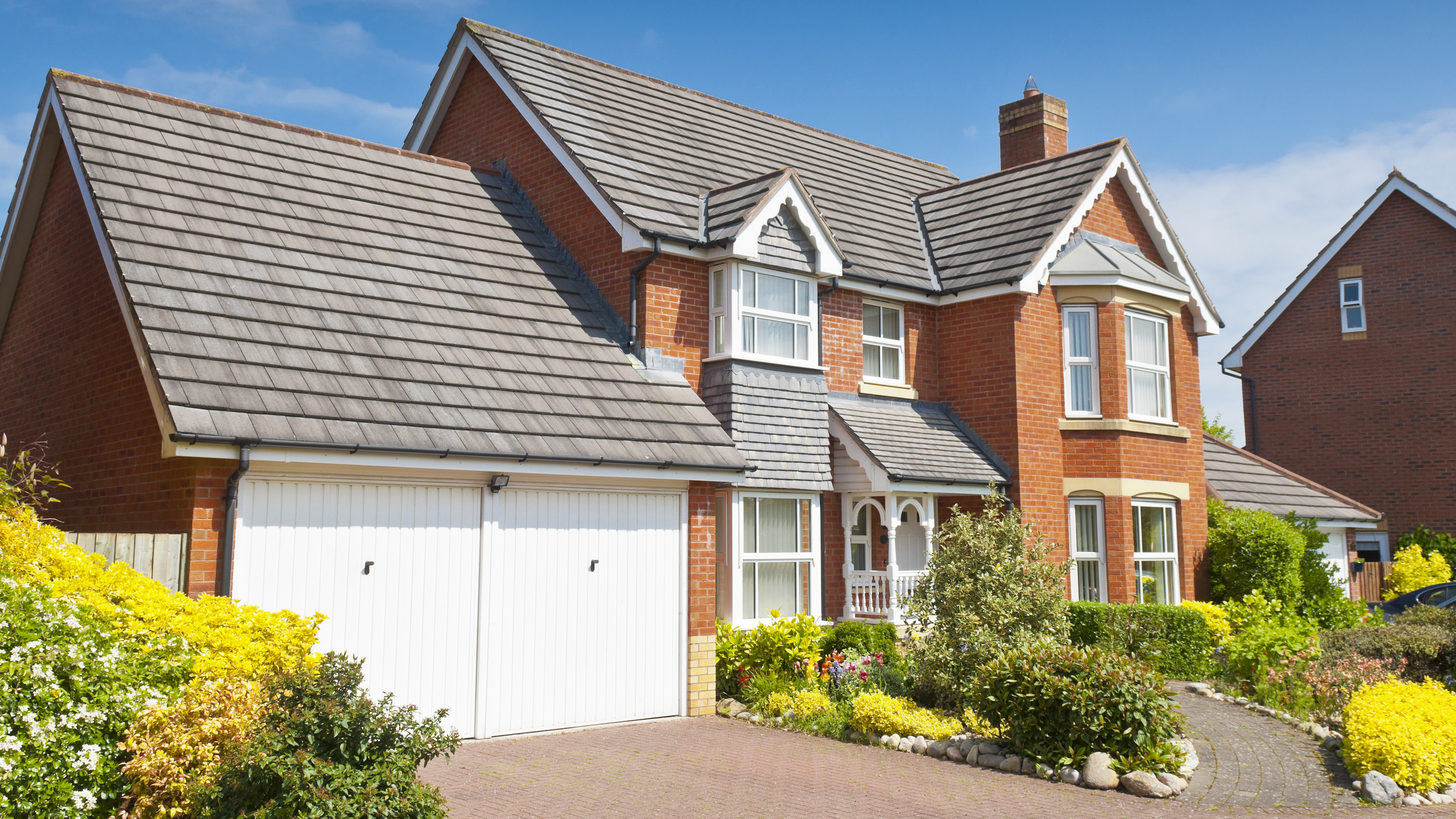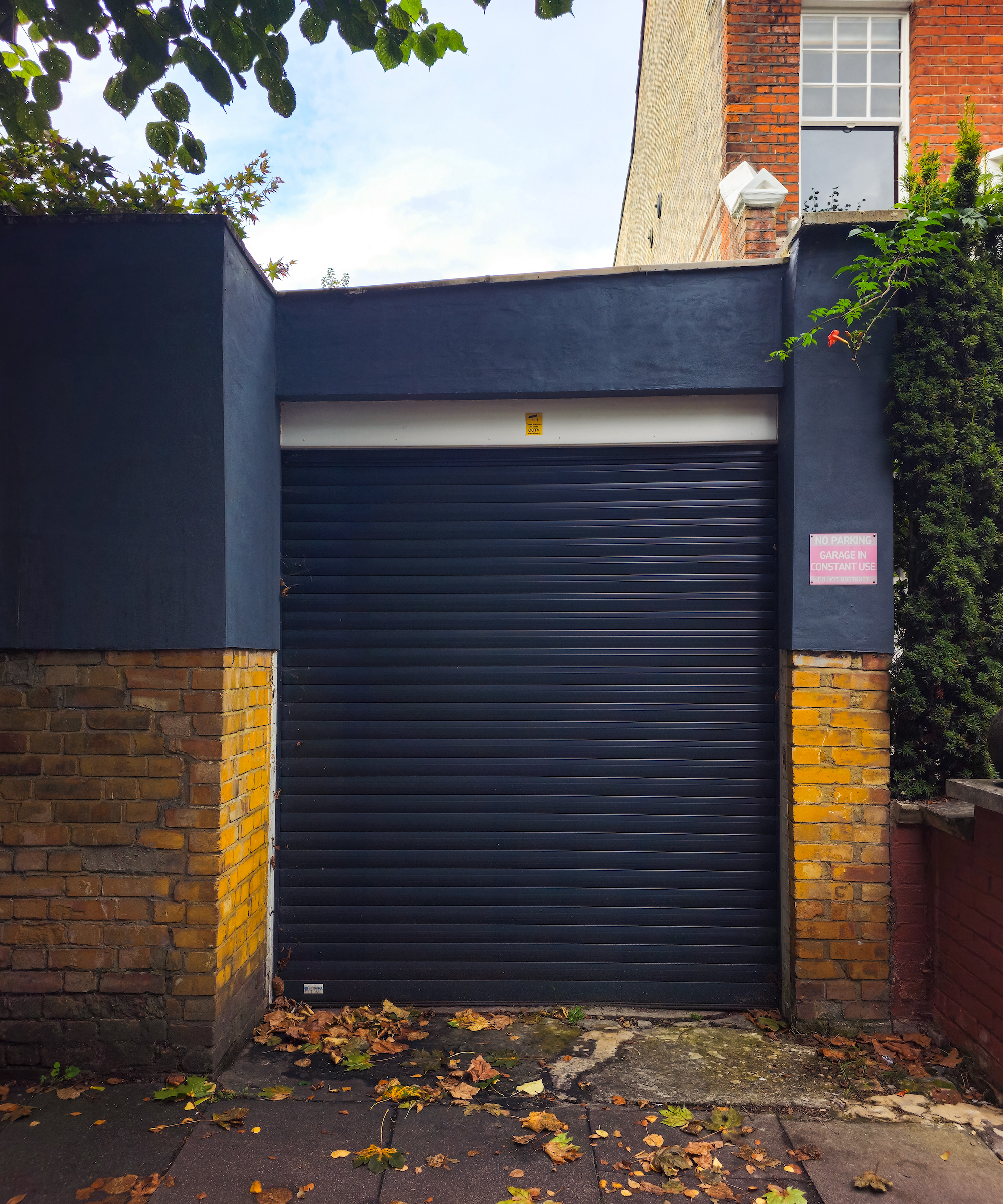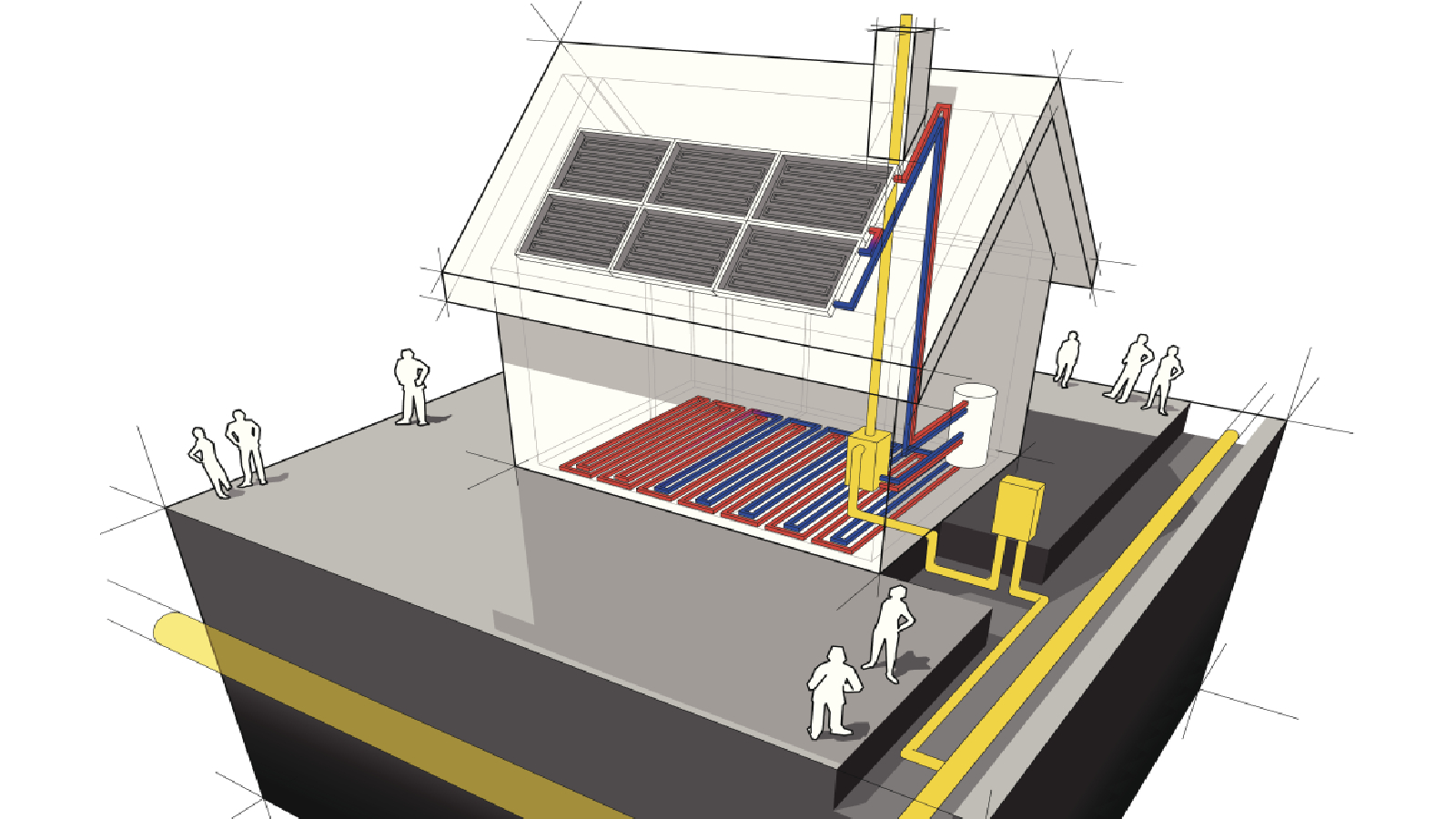How to maximise garage security and keep burglars out
Discover the best ways to keep thieves out of your garage in our guide

Expensive contents like lawnmowers, power tools, sports equipment and bikes, as well as cars, make garages a target for burglars. And with ladders and hand tools often stashed in there too, garage security is also essential because breaking in can provide thieves with what they need to access other parts of your home.
Many people only use easy-to-break locks or padlocks for a garage, failing to secure them in the same way as their house, according to Police UK. But home security systems for the garage are an essential to avoid putting valuable items at risk. Measures such as improved locks, strong doors, motion sensor lights, cameras and alarms can all help prevent entry to and theft from your garage.
We’ve put together all the details you need to assess your current garage security and improve it if it’s lacking in this expert guide.
The best garage security solutions
The latest government crime survey for England and Wales shows a level of theft, of which domestic burglary is an element, at a level similar to the previous year, and 75 per cent lower than the peak in year ending December 1995. Police records, meanwhile, show burglary (which covers both residential and non-residential burglaries) falling by 4 per cent in the most recent year and burglary levels 71 per cent lower than in the year ending March 2003.
The reason why the numbers have fallen? In its most recent overview of property crime (for year ending March 2016), the Office for National Statistics attributed the downward trend in domestic burglary to improvements in car and home security, and that’s the reason why optimising garage security is so important.
“Layering physical and hi-tech security measures is the ideal way to maximise garage and property protection,” says David Joyson, chief customer officer at specialist home insurer Homeprotect. And your care is also crucial. “Simple oversights like leaving keys in view of windows and entryways or leaving them near pet flaps, in garage doors and forgetting to turn on an alarm can undermine all your efforts,” David observes.

David is chief customer officer at Homeprotect, which specialises in providing coverage for unusual properties and circumstances.
Physical security measures for garages
There are a range of physical security solutions for a garage. Some of them are designed for use with particular types of garage door, so check before buying.
- Garage doors can be replaced to boost security, and that’s particularly the case for old single skin metal up and over doors with a single lock. A roller door or sectional can improve security and side-hinged doors can also boost it. Modern up and over doors can also offer better security than older versions thanks to improved construction and better locking systems. Look for Secured by Design accreditation.
- Door frames “An important feature to add is a reinforced door frame,” explains security expert Carlos Dhunay, director of operations at Telcam. “Standard wooden frames often don’t withstand forceful impacts, so fitting your garage with a steel-reinforced frame can significantly improve its strength.”
- Garage door locks can often need an upgrade to maximise security. “Basic single-point locks don’t provide much resistance against forced entry,” explains Carlos. “Ideally, you should install a three-point locking system on the garage door. This type of lock engages at three points along the door frame, offering much more security than a basic deadbolt or padlock.” Look for TS 007 and/or the sold secure diamond standard (SS312) locks.
- Entry doors, that is those at the side or rear of a garage, should also have a three star lock, or, if it’s made from wood, a five lever mortice deadlock, such as the Yale 5 lever Mortice Deadlock from Amazon. Integral garages should be connected to the house by a fire door, but you can enhance security by opting for a fire-resistant doorset that is PAS 24 certified.
- Door bolts can be added to the door to supplement the security provided by the lock. They might be positioned on each side like these Schlosser Technik Garage Door Bolts from B&Q, or at the bottom so the bolt goes into a concrete floor.
- Garage door defenders are fitted outside an up and over garage door and are designed to prevent the door being levered up. Be sure that one of these is suitable for the material from which your drive is made — the MasterLock 1488EURDAT Garage Protector from Screwfix can be used for concrete drives.
- Window security is also important. Window blackout film, such as Lifetree Blackout Window Film from Amazon, can stop intruders sizing up the contents of the garage in the first place, while Carlos suggests installing security window film or anti-shatter glazing. Window locks can also help. Other options include metal bars or grilles.

Carlos Dhunay is a fully qualified electrician, and director of operations at Telcam, a company specialising in safety and security solutions for homes and businesses. With over 25 years of experience, he helps clients protect their properties using a blend of physical and smart technologies.
Technology-based garage security
Garage security can also be improved with tech solutions that should be combined with physical deterrents.
- Motion sensor lights can put burglars off as it denies them the cover of darkness. “I recommend installing motion-activated floodlights that are connected to a smart hub,” says Carlos. “This allows you to control them remotely and ensures the garage area is well lit if someone approaches, which is a huge deterrent to intruders.”
- Video monitoring Carlos advises the use of motion-activated cameras with infrared night vision. “These can be installed on the outside of your garage and provide clear footage, even in low-light conditions,” he says. The eufy Security SoloCam S340 from Amazon is a wireless security camera which doesn’t require a monthly subscription.
- Smart video doorbells are another option that pair well with security cameras, according to Carlos. “You’ll get instant notifications on your phone if anyone approaches the garage, and some models allow for two-way audio communication, which is a great deterrent,” he says.
- Motion detector alarms “These are designed to trigger an alarm if they detect movement within a certain range of the garage,” says Carlos. “Many of these systems can be integrated with smartphone apps, giving you remote access to the alarm and any connected cameras. The added bonus is that you can check the footage immediately after receiving an alert.”
- Smart garage door openers with monitoring can alert you via your phone or another device if the garage door is opened. Look for rolling code technology which changes the code after use to prevent access, or encrypted communication protocols that prevent signals from being intercepted.

Attached vs detached garage security
Whether a garage is attached or integral, or instead detached from a house, can make a difference to what you need to do for maximum security.
Integral garages and attached garages with a door leading into the house are often at the front of a home. While you might think this position makes these garages safer, the most recent crime survey for England and Wales shows that in the course of domestic burglaries in a home over 60 per cent of entries were made at the front, which includes through the garage if it has a connecting door to the house. It’s therefore important to fit a secure pedestrian door between garage and house as detailed above. Some of these types of garages might have a window for which security measures should also be taken (see above).
Detached garages can be at the front of the house and, while the garage needs good security, it has the security advantage that it doesn’t have a door with access to the house. You should, though, take measures to secure the garage door, any pedestrian door and window to protect the contents. A detached garage may alternatively be located at the back of the house with the garage door facing a rear access point. In this case, you won’t have the same opportunity to view the garage door in your comings and goings and both physical and technology-based solutions are crucial.
Think insurance
Improved garage security is worthwhile for several reasons. “Upgrading standard locks to smart locks and installing motion sensor security lighting and alarm systems can actively reduce the risk of theft and provide peace of mind — and it may even help to reduce your insurance premium, if you let your insurer know about the changes you’ve made,” says David Joyson.
“Most insurance claims for theft require proof of forced entry, so adding multiple security features also helps in that respect,” he says.
And don’t forget that you need to notify your home insurer in particular circumstances, such as leaving your home unoccupied for more than 30 days. “A recent survey conducted by Homeprotect revealed that a massive 75 per cent of people wouldn’t contact their insurer to check if they need to change their home insurance if they were away for a longer period of time,” says David.
“For prolonged absences, it’s essential to purchase unoccupied home insurance to keep your garage and property protected while you’re away,” he adds.
There are additional measures you can take to keep the contents of your garage safe in the event that your security measures are breached. Heavy-duty cabinets can allow you to keep tools under lock and key so they can’t be easily grabbed. Meanwhile chains can be used to secure bikes.
Get the Homebuilding & Renovating Newsletter
Bring your dream home to life with expert advice, how to guides and design inspiration. Sign up for our newsletter and get two free tickets to a Homebuilding & Renovating Show near you.
Sarah is a freelance journalist and editor writing for websites, national newspapers, and magazines. She’s spent most of her journalistic career specialising in homes.
She loves testing the latest home appliances and products, and investigating the benefits, costs and practicalities of home improvement. She is an experienced renovator and is currently remodelling the ground floor of her new home.
She was Executive Editor of Ideal Home and has worked for Your Home and Homes & Ideas. Her work has published by numerous titles, including The Guardian, channel4.com, Houzz, Grand Designs, Homes & Gardens, House Beautiful, Homes & Antiques, Real Homes, The English Home, Period Living, Beautiful Kitchens, Good Homes and Country Homes & Interiors.
